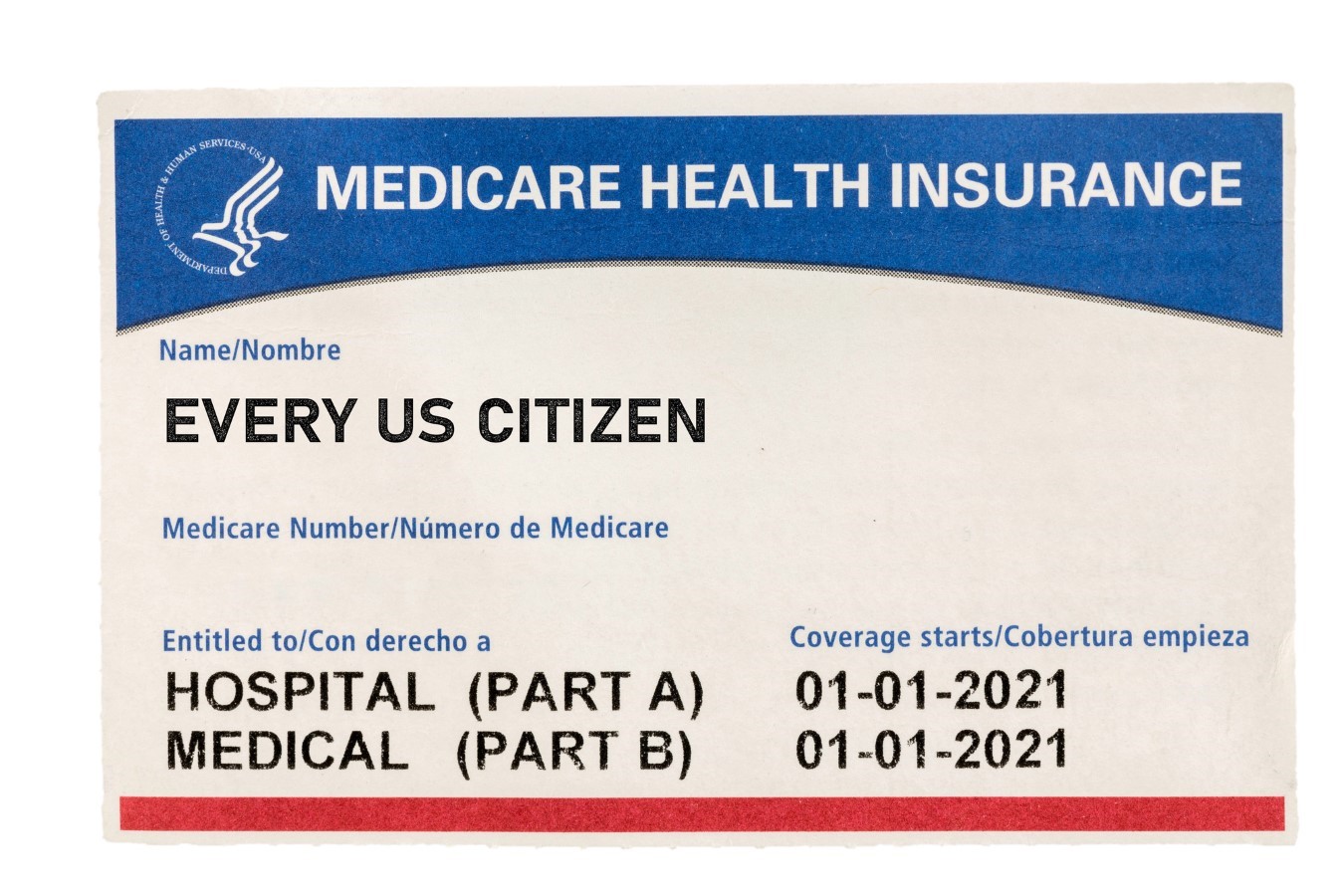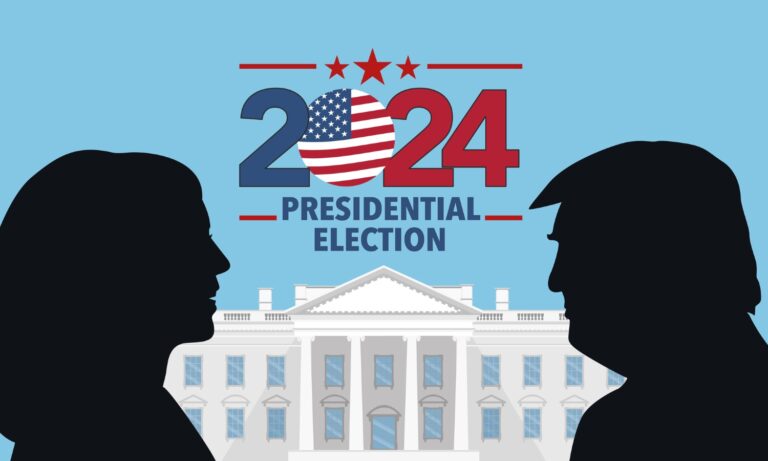Seniors Are Leaving Medicare Advantage in Droves — Here’s Why Many Say Medigap Is Worth the Higher Cost

As Medicare open enrollment kicks into high gear, millions of older Americans are taking another look at their health coverage. For many, it’s a high-stakes decision between staying in a Medicare Advantage plan or switching to a Medigap policy, also known as Medicare Supplement Insurance.
It’s not just about premiums; it’s about access, predictability, and peace of mind. And while Medicare Advantage enrollment has surged in recent years, a growing number of retirees are quietly reversing course.
The Big Shift: Why Some Seniors Are Walking Away from Medicare Advantage

Medicare Advantage; the private-plan alternative to traditional Medicare has ballooned to cover over 50% of beneficiaries nationwide, up from just 19% in 2007.
These plans, heavily marketed by insurers, bundle hospital, medical, and sometimes prescription drug coverage under one umbrella, often promising low or even $0 monthly premiums.
But many enrollees are discovering a less glossy reality. Advantage plans often come with limited provider networks, prior authorization hurdles, and unpredictable annual changes in cost structures and coverage.
According to a recent survey, nearly one in five Advantage enrollees reported difficulty accessing care or specialist appointments, compared to less than 10% in traditional Medicare.
For retirees dealing with chronic conditions, those barriers can be both stressful and costly.
The Medigap Alternative: Predictability Over Promises

By contrast, Medigap plans; offered by private insurers but standardized under federal rules are designed to fill the gaps left by traditional Medicare.
They cover deductibles, copayments, and coinsurance, shielding retirees from unpredictable medical bills.
While monthly premiums can be steep, often ranging from $150 to $300 or more, many retirees say the peace of mind is worth it.
There are no provider networks, and policyholders can see any doctor or hospital that accepts Medicare nationwide.
This freedom is especially valuable for snowbirds or retirees who travel frequently. “With Medigap, I don’t have to worry whether my cardiologist in Florida or my oncologist in Michigan is ‘in network,’” said one retiree recently featured in an AARP Medicare survey.
The Cost Reality: Not as Simple as ‘Cheap vs. Expensive’

At first glance, the comparison seems straightforward:
Medicare Advantage = low premiums, higher out-of-pocket costs.
Medigap = higher premiums, lower out-of-pocket costs.
But over time, the math can flip. Advantage plan costs can rise due to co-pays, coinsurance, and network restrictions, especially for those who need frequent care. Medigap premiums, though stable for many years, typically increase with age or due to inflation.
That balance means the best plan at 65 may not be the best at 75; and vice versa.
The Hidden Complication: Changing Plans Isn’t Always Easy

While Medigap premiums can rise with age, Medicare Advantage plans aren’t static either; their cost structures, provider networks, and benefits can change every year.
Some retirees start with Advantage plans to enjoy lower upfront costs, only to switch to Medigap later as their medical needs expand.
However, timing matters. In most states, you can only buy a Medigap policy without medical underwriting during your initial enrollment period; typically six months after enrolling in Medicare Part B.
After that window, insurers can require medical history reviews, deny coverage, or charge significantly higher premiums if your health has changed.
A recent report found that about 30% of seniors who tried to switch from Advantage to Medigap after age 70 were denied coverage or quoted unaffordable rates due to preexisting conditions.
Annual Plan Changes Keep Retirees on Edge

Every fall, Medicare Advantage plans adjust their benefits, premiums, and provider networks. Insurers can drop doctors, change formularies, or increase copays; often with little notice.
For healthy seniors, those adjustments may seem minor.
But for retirees managing complex health needs, a single change in network status or medication coverage can mean hundreds of dollars in new costs.
Medigap, by contrast, offers long-term predictability: once you’re accepted, your benefits are locked in, and changes are rare. That stability is what many older adults crave in an otherwise volatile healthcare environment.
Coverage vs. Convenience: What Retirees Value Most

The appeal of Medicare Advantage often lies in convenience; bundled drug coverage, extra benefits like dental and vision, and lower monthly premiums.
Yet, for many, those perks don’t outweigh the frustration of limited flexibility and prior authorization delays.
By comparison, Medigap enrollees typically enjoy faster access to care and fewer billing surprises. “I’d rather pay a bit more every month and know what I’m getting,” said one 72-year-old retiree from Arizona. “With Advantage, I felt like the rules kept changing.”
The Role of Health Status in Decision-Making

The choice often comes down to individual health profiles.
Healthy retirees who rarely visit doctors may find Advantage plans cost-effective.
Those with chronic conditions; diabetes, heart disease, or cancer, often fare better under Medigap’s stable, nationwide coverage.
Experts recommend that seniors assess not just current health needs but future risks, especially since switching plans later can become financially or medically difficult.
The Political Backdrop: Medicare’s Expanding Divide

The policy debate surrounding Medicare Advantage and Medigap is intensifying. Advantage plans are heavily subsidized by federal funds, prompting critics to argue that taxpayer money props up private insurers at the expense of traditional Medicare.
Meanwhile, Medigap advocates emphasize the importance of preserving a transparent, portable safety net for aging Americans.
With both political parties eyeing Medicare reform, future changes could further reshape the landscape for retirees.
How to Compare Plans During Open Enrollment

Experts advise a step-by-step approach:
1. Check your doctors and hospitals and confirm whether they participate in your plan’s network.
2. Review out-of-pocket maximums; even low-premium Advantage plans can carry annual limits of $8,000 or more.
3. Factor in travel flexibility; if you live in multiple states, Medigap offers broader protection.
4. Consult a licensed Medicare broker as they can model long-term costs and underwriting risks.
A little homework now can prevent expensive surprises later.
The Bottom Line: Stability Has Its Price and Value

Medicare Advantage remains popular for its affordability and extras.
But as retirees grow older and face more health needs, predictability often wins out over perks.
Seniors who value unrestricted access to doctors, nationwide coverage, and consistent benefits are increasingly finding that Medigap’s higher premiums buy long-term security.
The message from those making the switch is clear: when it comes to healthcare in retirement, peace of mind isn’t cheap; but for many, it’s worth every dollar.
Like Financial Freedom Countdown content? Be sure to follow us!

Did you find this article helpful? We’d love to hear your thoughts! Leave a comment with the box on the left-hand side of the screen and share your thoughts.
Also, do you want to stay up-to-date on our latest content?
1. Follow us by clicking the [+ Follow] button above,
2. Give the article a Thumbs Up on the top-left side of the screen.
3. And lastly, if you think this information would benefit your friends and family, don’t hesitate to share it with them!

John Dealbreuin came from a third world country to the US with only $1,000 not knowing anyone; guided by an immigrant dream. In 12 years, he achieved his retirement number.
He started Financial Freedom Countdown to help everyone think differently about their financial challenges and live their best lives. John resides in the San Francisco Bay Area enjoying nature trails and weight training.
Here are his recommended tools
Personal Capital: This is a free tool John uses to track his net worth on a regular basis and as a retirement planner. It also alerts him wrt hidden fees and has a budget tracker included.
Platforms like Yieldstreet provide investment options in art, legal, real estate, structured notes, venture capital, etc. They also have fixed-income portfolios spread across multiple asset classes with a single investment with low minimums of $10,000.





